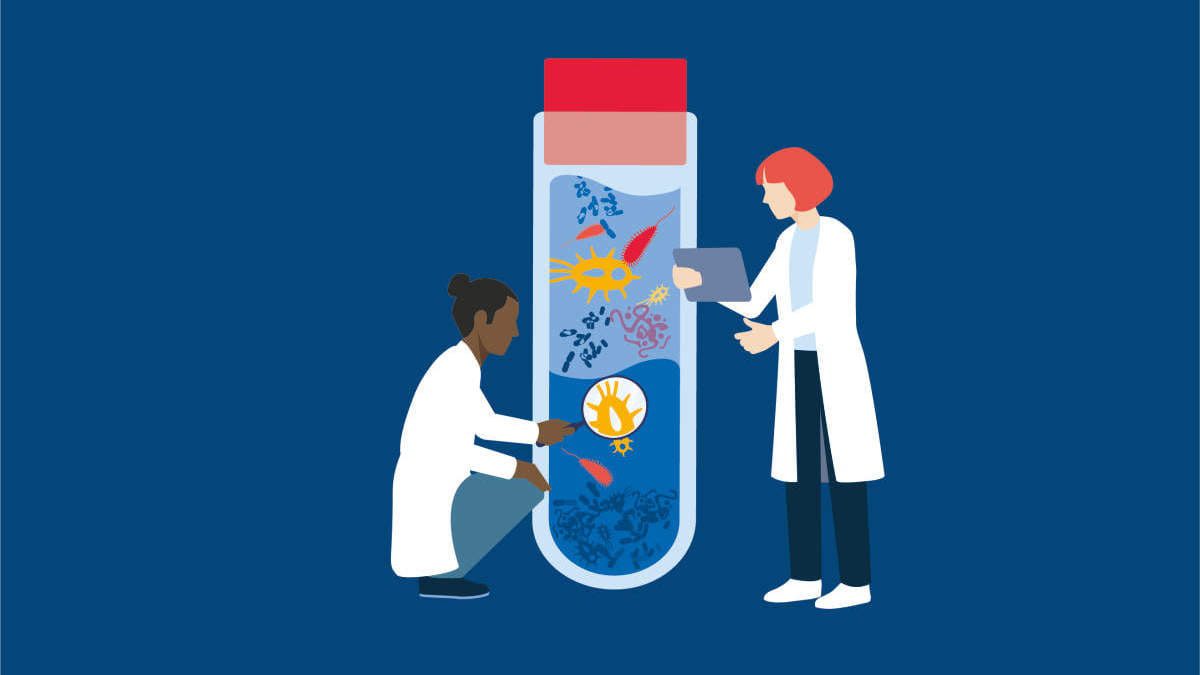June 25 @ 1:00 PM – 3:00 PM

Join us for one or two 40-minute talks. Each presentation will have a 15-minute live Q&A at the end. To start, Dr. Maria A. Bautista will present her findings on using hybrid capture to sequence viral pathogens. Stay with us or join one hour after the start of the session for Dr. Aaron Bivins will compare dPCR systems for microbial tracking.
Talk 1: Unlocking viral diversity in wastewater: Using hybrid capture for enhanced human viral pathogen detection
Dr. Maria A. Bautista, University of Calgary
Time: 1 p.m. EDT/10 a.m. PDT
Duration: 1 hour
Wastewater surveillance is a promising tool for detecting and tracking viral pathogens in municipal wastewater, providing valuable insights into population health and disease risk. Despite this potential, genomic sequencing of pathogens is challenging due to their relatively low abundance and the high background of nucleic acid from humans, bacteria and other viruses. We have successfully used hybrid-capture panels to enhance the recovery of viral pathogenic sequences from wastewater. Here, I discuss increasing the output and detection of viruses of interest from wastewater using QIAGEN QIAseq xHYB hybrid capture panels in combination with ribosomal RNA removal.
Talk 2: Comparing dPCR systems for microbial source tracking in surface waters
Dr. Aaron Bivins, Louisiana State University
Time: 2 p.m. EDT/11 a.m. PDT
Duration: 1 hour
Wastewater surveillance has accelerated the adoption of digital PCR (dPCR) in various formats for quantifying molecular targets. Public health-related water microbiology requires analytical sensitivity, resilience to inhibition, and precise quantification, which makes dPCR an especially promising tool. Nonetheless, most standardized molecular methods for assessing water quality employ quantitative PCR (qPCR) for molecular measurements. We adapted qPCR assays from three U.S. EPA Methods (1696: HF183/BacR287; 1609.1 Entero1a; Draft Method C: EC23S857) to dPCR format and compared their performance for detecting and quantifying targets in positive controls (SRM 2917) and environmental samples (n=10) on two different dPCR platforms (QIAcuity [QIAGEN], Absolute Q [Themo Fischer Scientific]). We analyzed filter triplicates (x3) and dPCR technical replicates (x2) on both platforms for all environmental samples. The analytical sensitivity varied slightly between the platforms for each assay. Intra-class correlation coefficients (ICC) indicate excellent quantitative agreement (ICC > 0.96) between the QIAcuity and Absolute Q across positive control materials for all three assays. Overall, we found the QIAcuity and Absolute Q platforms yielded reasonably similar qualitative and quantitative results. However, we found there were important operational characteristics to consider when selecting a platform for routine water quality monitoring.
Details
- Date:
- June 25
- Time:
-
1:00 PM – 3:00 PM
- Event Categories:
- Virtual, Webinar
- Event Tags:
- dPCR, microbiology, Mircobiome, Qiagen
- Website:
- https://www.qiagen.com/us/knowledge-and-support/knowledge-hub/events-and-webinars/webinars/dpcr-and-sequencing-for-microbial-surveillance-1


